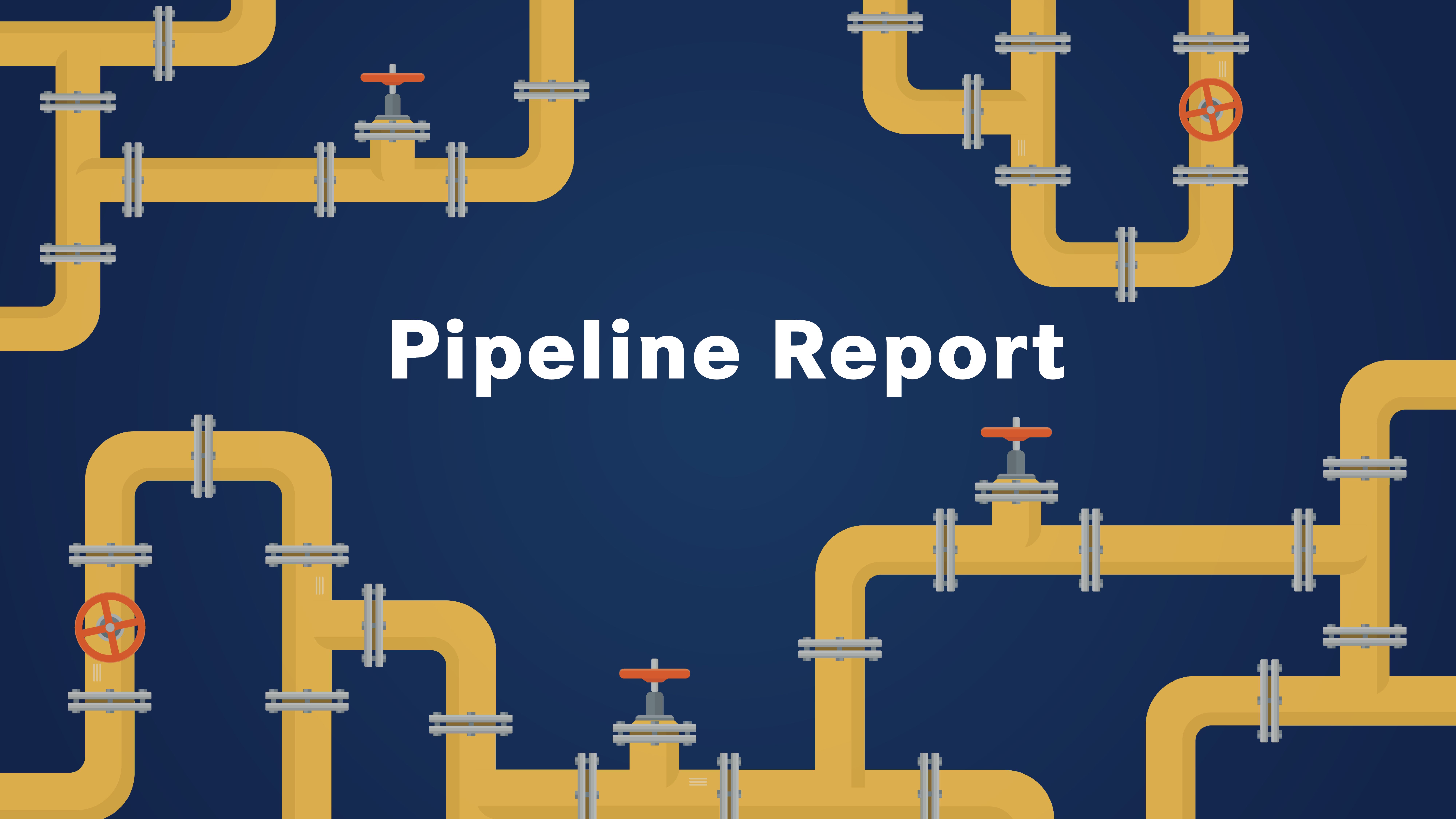- Advertise
- About OncLive
- Editorial Board
- MJH Life Sciences brands
- Contact Us
- Privacy
- Terms & Conditions
- Do Not Sell My Information
2 Clarke Drive
Suite 100
Cranbury, NJ 08512
© 2025 MJH Life Sciences™ and OncLive - Clinical Oncology News, Cancer Expert Insights. All rights reserved.
Pembrolizumab/Pepinemab Combo Safe, Well Tolerated in Advanced, Recurrent, or Metastatic HNSCC
The combination of pembrolizumab and pepinemab showcased encouraging safety and tolerability when given as first-line treatment in patients with advanced, recurrent, or metastatic head and neck squamous cell carcinoma.
The combination of pembrolizumab (Keytruda) and pepinemab (Vaccinex) showcased encouraging safety and tolerability when given as first-line treatment in patients with advanced, recurrent, or metastatic head and neck squamous cell carcinoma (HNSCC), according to data from the safety run-in portion of the phase 1b KEYNOTE-B84 (NCT04815720).1
A humanized IgG4 monoclonal antibody, pepinemab was designed to inhibit SEMA4D, which regulates chronic inflammation in the tumor microenvironment. Prior data have demonstrated that the agent encourages the infiltration and activation of dendritic cells/CD8-positive T cells and reverses immunosuppression within the tumor.
For the safety-run in portion of the phase 1b trial, investigators set out to examine the safety and tolerability of pepinemab plus pembrolizumab. They also wanted to identify the recommended phase 2 dose of the combination for the dose-expansion portion of the research, which was 20 mg/kg of pepinemab and 200 mg of pembrolizumab given every 3 weeks.
Data from the interim safety analysis was completed by a data safety monitoring board and the positive findings have allowed for the initiation of the phase 2 expansion segment of the trial.
“We are very pleased that the interim KEYNOTE-B84 safety data indicated that the combination of pepinemab and [pembrolizumab] appears to be well tolerated,” Maurice Zauderer, PhD, president and chief executive officer of Vaccinex, Inc., stated in a press release. “Vaccinex hopes that the combination of pepinemab and an anti–PD-1 therapy for the treatment of advanced recurrent/metastatic HNSCC may result in improved patient benefits. There is a strong rationale for development in HNSCC because these tumors express very high levels of SEMA4D and we believe that preclinical data indicated this contributes to disease pathology.”
Previously, the combination of pepinemab and the PD-L1 inhibitor avelumab (Bavencio) was evaluated in 62 patients with advanced non–small cell lung cancer as part of the single-arm, phase 1b/2 CLASSICAL-Lung trial (NCT03268057).2 The trial included patients who were naïve to immunotherapy, as well as those who had tumors that progressed following single-agent PD-1/PD-L1 therapy.
Data presented during the 2020 ASCO Virtual Scientific Program showed that the combination elicited an objective response rate (ORR) ranging from 25% to 33% in patients with difficult-to-treat, PD-L1–low or –negative tumors vs an ORR ranging from approximately 10% to 15% with PD-L1 monotherapy.3 Moreover, the addition of pepinemab to avelumab did not result in more immune-related toxicities, although it did increase the penetration of cytotoxic T cells.
The current phase 1b trial enrolled patients with histologically or cytologically confirmed HNSCC, who were at least 18 years of age, had PD-L1 immunohistochemistry testing completed within 6 months of screening, and who had measurable disease per RECIST v1.1 criteria.4
Patients had to have locally advanced, recurrent, or metastatic neoplastic disease that was not curable by available therapies. Patients also needed to have an ECOG performance status of 0 or 1, acceptable hematologic reserve, as well as adequate hepatic and renal function.
If patients had SCC of the nasopharynx, received systemic treatment for recurrent or metastatic disease, did not recover from effects of prior radiation or surgery, received investigational therapy within 5 half-lives of the study treatment, or had primary immunodeficiency, they were excluded.
Other exclusion criteria included those who required immunosuppressive therapy, those with autoimmune conditions in need of treatment in the prior 2 years, the presence of active central nervous system metastases, having a prior malignancy in the 2 years before enrollment, having previously received radiotherapy within 2 weeks of study treatment initiation, or having previously undergone allogenic transplantation.
In segment 1 of the research, the safety and tolerability of the doublet was examined in 3 to 6 patients. After the first 3 participants were enrolled, the data safety monitoring board identified that the RP2D of the combination was safe and well tolerated.
Segment 2 of the trial is anticipated to proceed to enroll up to 62 participants across 19 trial sites throughout the United States.
The primary objective of the second segment is to examine the objective response rate per RECIST v1.1 criteria achieved with the doublet in immunotherapy-naïve patients with advanced, recurrent/metastatic HNSCC. Key secondary objectives include progression-free survival and duration of response.
Investigators will also assess the pharmacokinetics, pharmacodynamics, and immunogenicity of the doublet, in addition to several biomarkers and genomic tumor signatures.
“We look forward to progressing with the recruitment of the phase 2 segment of the trial,” Zauderer added in the release.
Interim data for the primary efficacy end point are expected to read out in the second half of 2022.
References
- Vaccinex reports phase 1b KEYNOTE B84 combination study of Keytruda and pepinemab in patients with advanced, recurrent, or metastatic head and neck squamous cell carcinoma (HNSCC) passes planned interim safety analysis. News release. Vaccinex, Inc.; January 4, 2022. Accessed January 7, 2022. https://yhoo.it/3q0q5lQ
- Shafique MR, Fisher TL, Evans EE, et al. A phase Ib/II study of pepinemab in combination with avelumab in advanced non–small cell lung cancer. Clin Cancer Res. 2021;17(13):3630-3640. doi:10.1158/1078-0432.CCR-20-4792
- Shafique MR, Fisher TL, Evans EE, et al. Interim subgroup analysis for response by PD-L1 status of CLASSICAL-Lung, a phase Ib/II study of pepinemab (VX15/2503) in combination with avelumab in advanced NSCLC. J Clin Oncol. 2020;38(suppl 15):3011. doi:10.1200/JCO.2020.38.15_suppl.3011
- Pepinemab in combination with pembrolizumab in advanced, recurrent, or metastatic squamous cell carcinoma of the head and neck. ClinicalTrials.gov. Updated October 29, 2021. Accessed January 7, 2022. https://clinicaltrials.gov/ct2/show/NCT04815720


